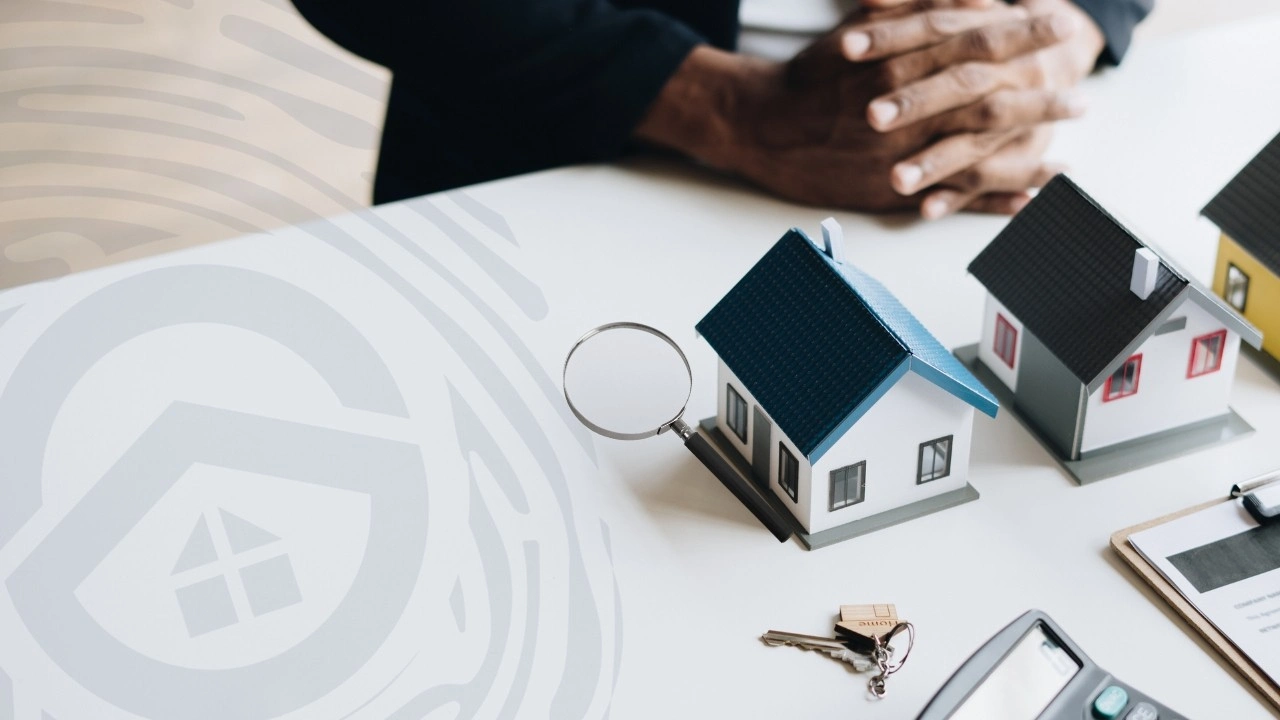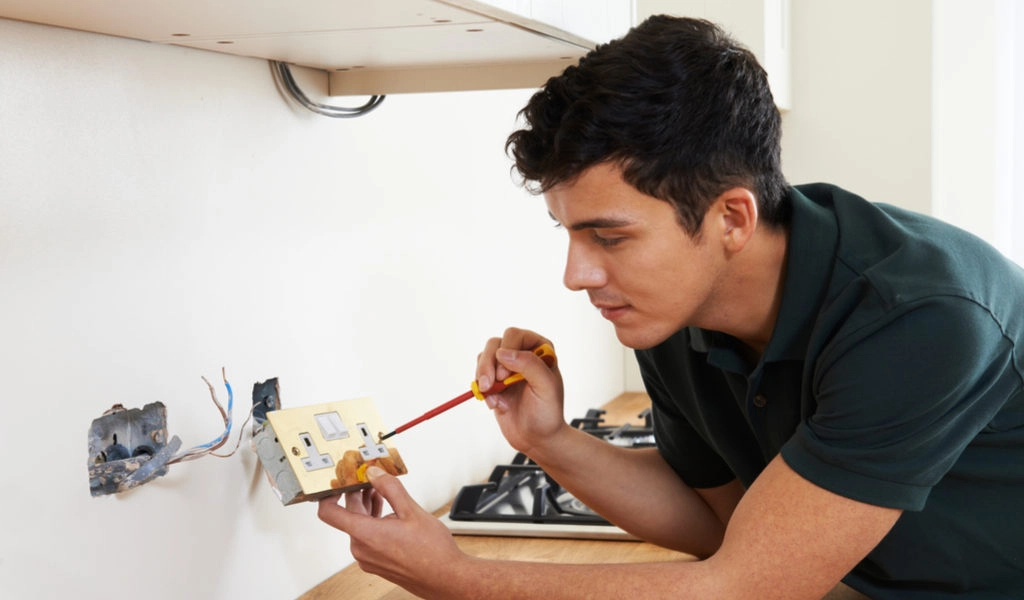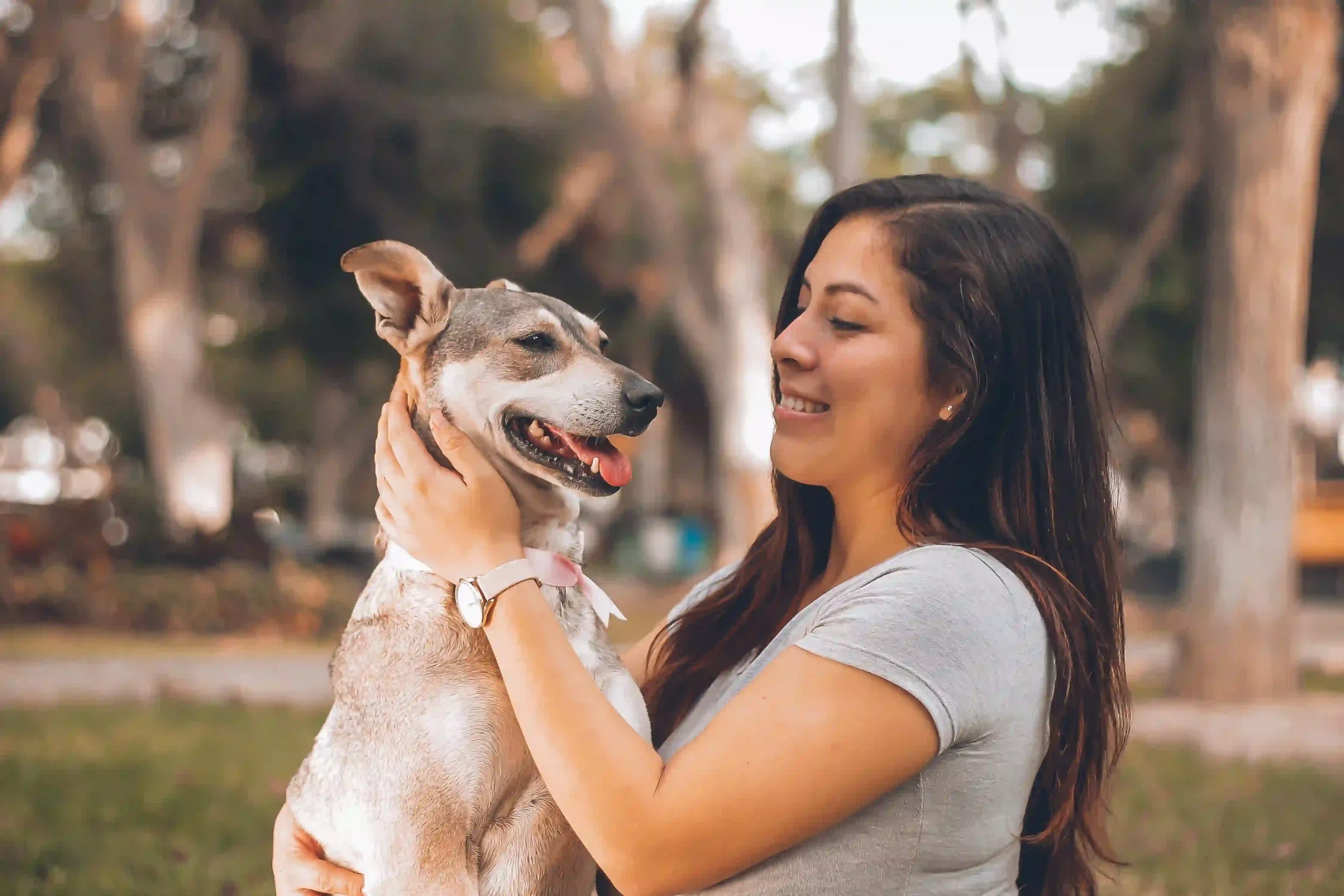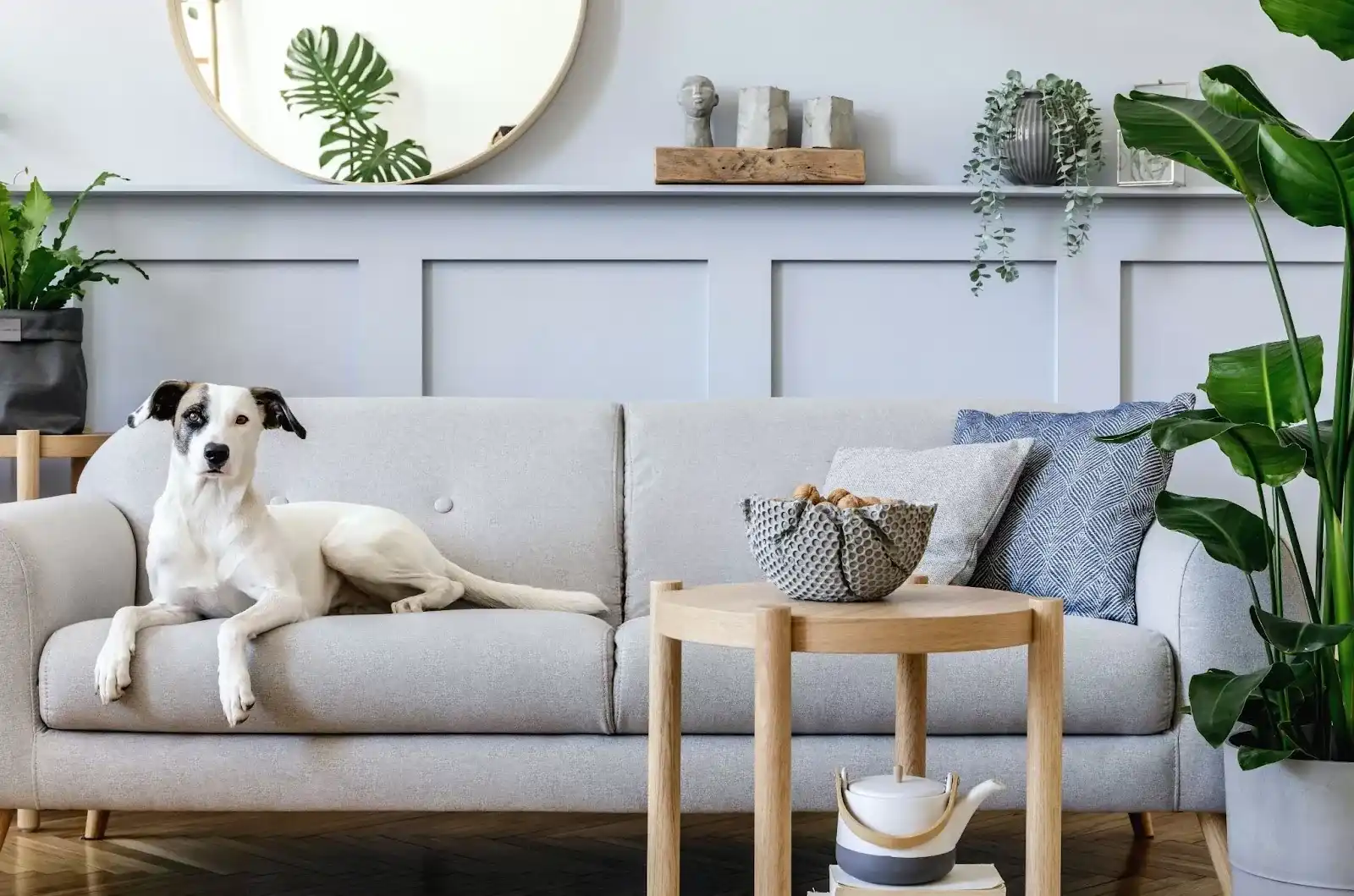Creating a Pet-Friendly Home Ambiance entails understanding your pet’s behavior cues, designing specific pet zones with durable, pet-safe furniture, ensuring safety by eliminating hazards, having an emergency plan, and maintaining cleanliness by regularly cleaning pet items. Cultivate a balanced environment for academic pursuits and pet well-being.
Key Takeaways
- Design pet-friendly spaces with designated areas for eating, sleeping, and playing.
- Choose furniture with durable and easy-to-clean materials like leather or microfiber.
- Ensure a safe environment by pet-proofing windows, securing toxic substances, and having an emergency plan.
- Maintain cleanliness by regularly cleaning pet’s belongings, vacuuming, and wiping surfaces.
- Pay attention to pet behavior cues like tail wagging, ear position, and vocalizations to understand their needs.
Understanding Pet Behavior
Understanding Pet Behavior: Observing your pet’s physical language and vocalizations can provide valuable insight into their emotional state and needs. Pay attention to tail wagging, ear position, and vocal cues to understand if your pet is happy, scared, or in need of attention. By recognizing these signals, you can create a more supportive and nurturing environment for your furry companion, enhancing the bond between you and your pet.
Designing Pet-Friendly Spaces
How can you design areas in your home that accommodate the requirements and well-being of your cherished pets? Consider creating designated spaces for your pets to eat, sleep, and play. Utilize durable materials for flooring and furniture. Provide ample natural light and ventilation. Incorporate easy-to-clean surfaces. Make sure there are safe hiding spots for timid pets. By designing with your pets in mind, you can create a harmonious living environment for both you and your furry companions.
Pet-Friendly Furniture Selection
When contemplating the coziness and welfare of your pets in your home, choosing pet-friendly furniture is an essential aspect to ensure their safety and happiness. Opt for durable materials like leather or microfiber that are easy to clean and resistant to scratches. Look for furniture with removable, washable covers to maintain cleanliness. Consider furniture with rounded edges to prevent injuries and provide a comfortable environment for your pets.
Creating a Safe Environment
For animal guardians, guaranteeing a secure setting within their residences is important to nurturing the well-being and safety of their cherished companions. This involves securing toxic substances, tucking away electrical cords, and ensuring all potential hazards are out of reach. Creating a secure environment for pets further includes providing comfortable resting areas, ensuring windows and balconies are pet-proofed, and having a plan in case of emergencies.
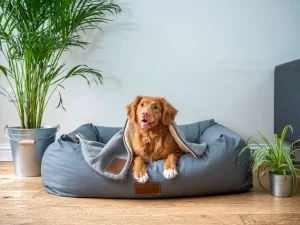
Maintaining Cleanliness and Hygiene
To guarantee a healthy and comfortable living environment for both your pets and yourself, maintaining cleanliness and hygiene in your home is essential. Regularly clean your pet’s belongings, such as bedding and toys, to prevent the spread of germs and odors. Vacuuming frequently, wiping surfaces, and washing your pet’s dishes with hot water are simple yet effective ways to maintain a sanitary space for all inhabitants.
Frequently Asked Questions
How Can I Incorporate My Pet’s Toys and Accessories Into My Home Decor?
Incorporate your pet’s toys and accessories into your home decor by selecting stylish storage solutions like baskets or decorative containers. Display pet items in designated areas, integrating them seamlessly with your existing decor for a unified and pet-friendly atmosphere.
Are There Any Specific Plants That Are Safe for Pets to Have in the Home?
Yes, there are several pet-safe plants ideal for homes. Examples include spider plants, Boston ferns, and African violets. Always research before introducing new plants to verify they are safe for your beloved pets.
What Are Some Ways to Minimize Pet Odors in the House?
To minimize pet odors in your house, make sure to regularly clean pet bedding, carpets, and furniture. Use air purifiers, open windows for ventilation, and consider odor-absorbing products. Groom pets regularly, clean litter boxes, and maintain a clean environment for a fresh-smelling home.
How Can I Create a Designated Space for My Pet to Feel Comfortable and Secure?
Establishing a designated spot for your pet to feel at ease and safe involves selecting a peaceful area, offering snug bedding, including familiar toys, and guaranteeing access to nourishment and hydration. Take into account their likes and dislikes and construct a secure sanctuary for them.
Are There Any DIY Projects I Can Do to Make My Home More Pet-Friendly?
Absolutely, there are numerous DIY projects you can undertake to improve the pet-friendliness of your home. Easy tasks like creating a snug pet bed nook, installing pet-friendly flooring, or setting up a designated pet play area can greatly boost your four-legged companion’s comfort and well-being.
Conclusion
Evaluating a pet-friendly home ambiance for academics involves understanding pet behavior, designing spaces that cater to their needs, selecting appropriate furniture, ensuring a safe environment, and maintaining cleanliness and hygiene. By incorporating these crucial elements into your living space, you can cultivate a harmonious environment that benefits both you and your beloved pets. Striking a balance between functionality and aesthetics, your home can become a sanctuary that nurtures a welcoming space for work and play.
You may also love to read: Helping Pet Owners Navigate Holistic End-Of-Life Choices



